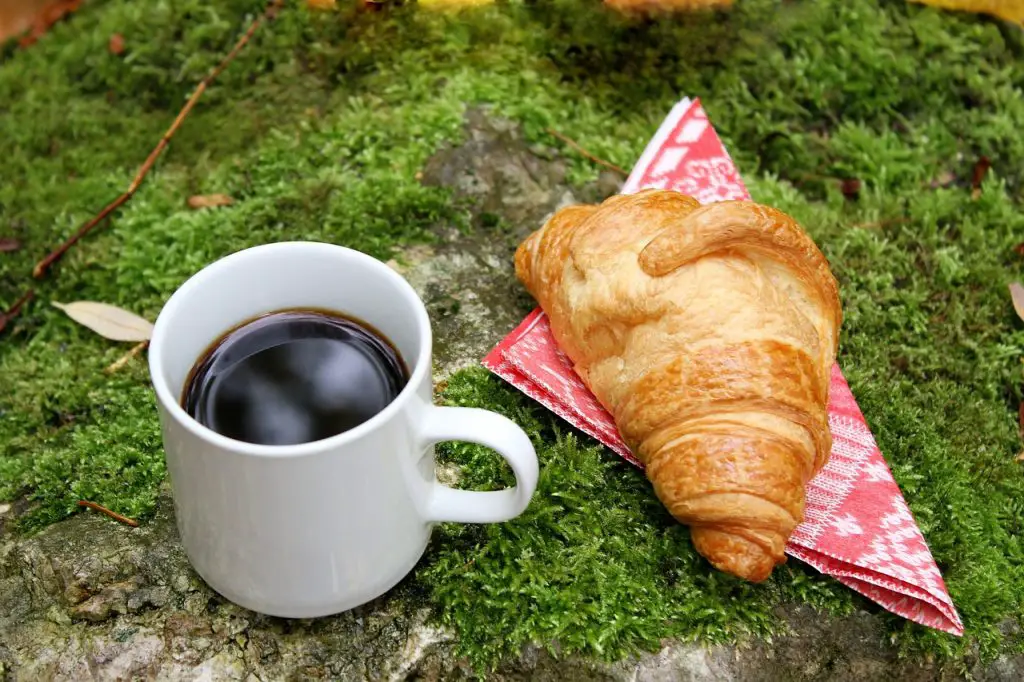Hundreds of Roman Catholics flocked to Uma Lahanan at Belaga to observe Good Friday on March 30.
Most of them came from the surrounding areas including Sungai Asap Resettlement Scheme, Long Urun, Sungai Seping, and Tubau.
Churchgoers started to congregate as early as 8am to say the Chaplet of the Divine Mercy.
It is a devotion based on the apparitions of Jesus reported by a Polish nun Saint Faustina Kowalska (1905-1938).

Stations of the Cross on Good Friday

The day continued with the Stations of the Cross, a devotion to reflect Jesus Christ on the day of His crucifixion at Mount Calvary.
At 10am, all devotees went on for two-hour long procession in the hot sun starting from the Uma Lahanan longhouse to its main entrance.
The route was about 1.1km which took the congregation walking passed patches of pepper vines and oil palm trees.

The faithful made their way from one station to another while saying prayers and singing hymns.
Altogether there were 14 stations with 14 wooden crosses placed along the route.
The stations started with Pilate condemning Jesus to death, ending with Jesus’ body being placed in the tomb.
Some congregation members were seen walking barefooted on the hot, tarred road.
As Belaga is predominantly made up of Orang Ulu tribes, some parishioners wore hong (sun hat in Kayan) or sa’ong (sun hat in Kenyah) to protect them from the noonday heat.

Good Friday Service

The highlight of the Good Friday observance was its main service at 3pm held at the ‘ruai’ of the longhouse.
There, the makeshift altar was bare with no candles or flowers as it was a solemn day for reflection and fasting.
Reverend Fr. John Chia and Reverend Fr. Sylvester Ngau Juk were the celebrants of the service.
The service was divided into three parts; Liturgy of the Word, Veneration of the Cross, and Holy Communion.
Other activities held on the day were bible quizzes and a drama competition based on the Passion of Christ depicting Jesus’ trial, suffering and death.

Read more:
Top 8 Penan Handwoven Items that everyone should have















































































